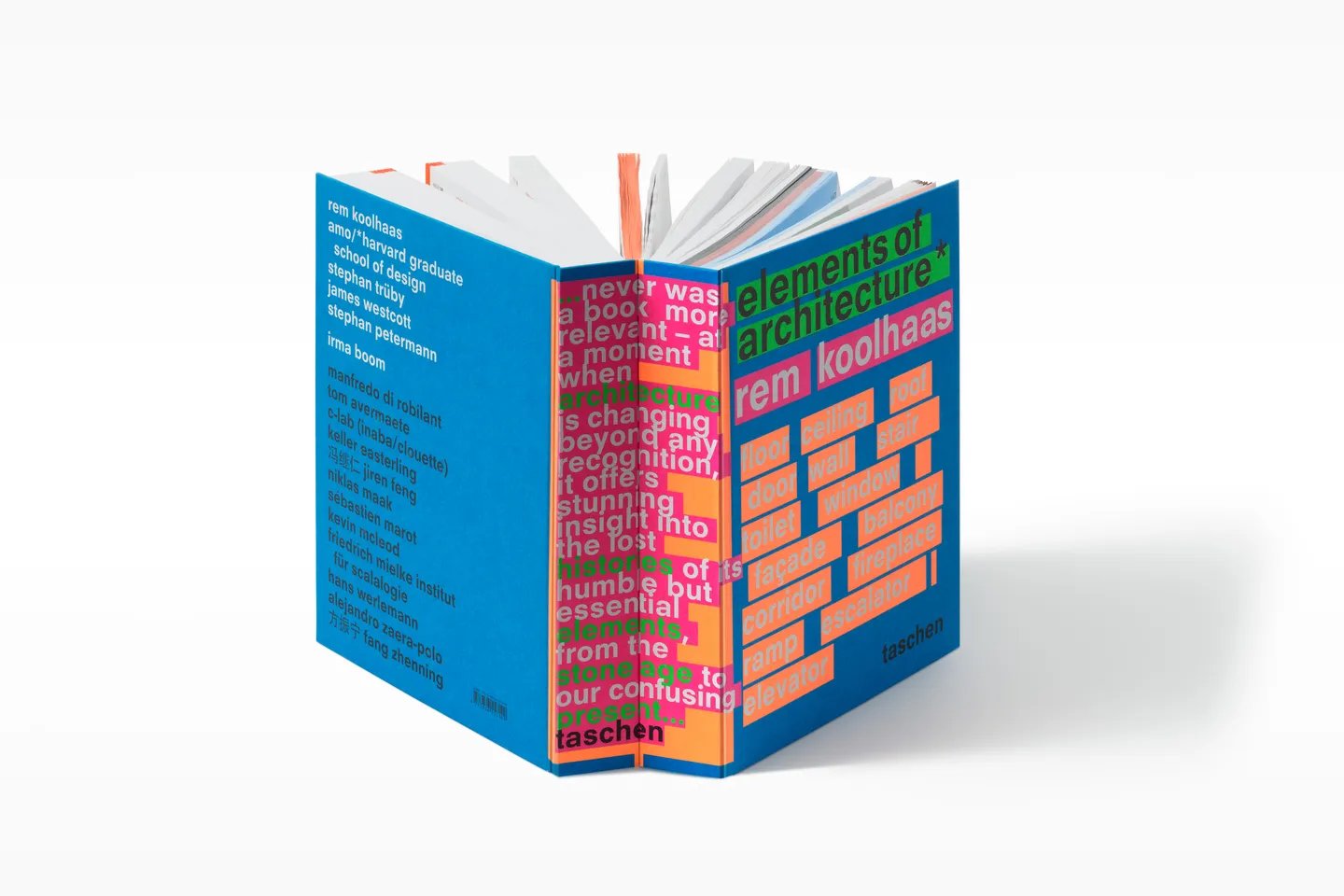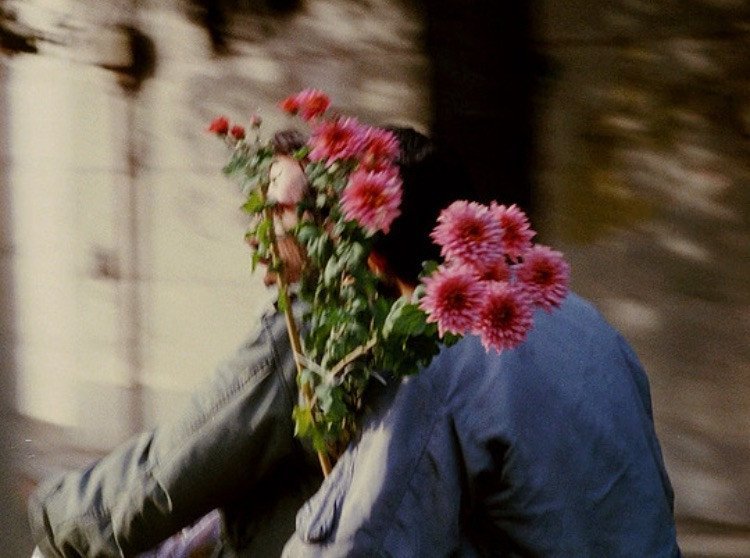stay foolish.
ever since i can remember, I’ve been the 5-year-old child you see above. and that’s been my curse and the greatest blessing.
GIVE A DAMN.
AS MANY DAMNS AS POSSIBLE.
Creator at heart, I’m constantly exploring—moving across and around that next concept that strikes my fancy. The dormant Sage deep within is in a permanent state of pursuit of truth[s]—hence the indisputably daunting number of experiments and types of work.
Not to make excuses, but over 35 years of undiagnosed ADHD proved to be detrimental to an expectedly linear journey. Surprisingly—or unsurprisingly—enough, graphic design is largely responsible for some of the most drastic positive changes that I have managed to make over the past couple of years.
I’m that same 5-year-old girl, on the floor, with a book of Oscar Wilde’s short stories, a couple of heavy dictionaries, and piles of note paper, reading and re-reading, translating and interpreting, identifying every possible meaning and pronunciation of every strange-looking word with SO much joy and curiosity. Even though learning a foreign language at pre-school age sounds significantly easier than attempting to become at least half as fluent with the vast discipline that is [graphic] design, being able to use it freely as this whole new “language” to communicate with the world around me does sound exciting and somewhat feasible.
I am fascinated with tradition and equally inspired by modern minimalism—the two realities that are so far apart yet so interdependent. Someday, I do sincerely hope to find a unique visual language that bridges the gap, harmonizing the timeless elements of primordial design with the unarguably brilliant accomplishments of contemporary media. While I have absolutely no idea how this approach may come to life over the second half of my life, I could validly refer to it as the lens of ethical idealism in pursuit of new axioms across realms and methodologies.
My work in the field of biotech over the past few years has certainly been inspirational, though unsurprising, considering my incomputable commitment to being useful in the tapestry of life—be it human or the nature at large.
“You should be angry. You must not be bitter. Bitterness is like cancer. It eats upon the host. It doesn’t do anything to the object of its displeasure. So use that anger. You write it. You paint it. You dance it. You march it. You vote it. You do everything about it. You talk it. Never stop talking it.”
INFLUENCES/ PEOPLE I LOOK Up TO
Hugo Alvar Aalto
Aalto’s unique non-denominational approach to design as a whole and the refusal to ever call himself an artist per se have hit so very close to home since I was just a kid. Perhaps it was the long hours spent on the lap of a Soviet-era architect—my grandfather—or the serenity of the Scandinavian esthetics that contributed to this peculiar sense of kinship with Aalto’s intuitive yet pragmatic style.
Even though I don’t necessarily “look at” Aalto on a regular basis these days, his philosophy and taste seems to have permeated virtually every aspect of my life—in the form of Finnish interior elements across the living space, cherished buildings, and my professional approach. “Building art is a synthesis of life in materialized form. We should try to bring in under the same hat not a splintered way of thinking, but all in harmony together.” Aalto is undoubtedly the inspiration behind my deep appreciation for inclusive design as “comprehensive artwork” (Gesamtkunstwerk) and each of my favorite contemporary designers, including Mario Hasuike, Maria Benktzon, Bjørn Friborg (and Helle Mardahl), and many more.
TADANORI YOKOO
It is perhaps this customary pursuit of panoptic harmony that has drawn me towards both contemporary and traditional Japanese aesthetics. While I admire and follow dozens of brilliant Japanese illustrators and artists to this day, Tadanori Yokoo is by far my absolute favorite. What I find so very fascinating about him is the ability to juxtapose a range of elements and formats in a way that only contributes to the customarily well-balanced traditional Japanese visual style.
Bold, versatile, and never repetitive, the signature Yokoo “system” is easy to identify, but impossible to predispose, tinging its way through familiar arrangements à la Lautrec, Isle of Wight, Woodstock and Kitagawa Utamaro—all at the same time. While I personally prefer cleaner, significantly more unsullied yet less rebellious visual systems in everyday work, to be able to create something as impossible to define or categorize is truly exhilarating and unfettering for any budding designer.
IRMA BOOM
As a book worm and literary translator, I am partial to Irma Boom as the indubitably finest Book Architect of our time. I was only 5-6 when I started sewing books and notebooks with discarded fabrics and yarn, looking for exciting new ways to store pressed flowers and favorite book excerpts.
To this day, restyling and repurposing stationery is one of my favorite pastimes—perhaps because of the sense of kinship I have always felt with paper and calligraphy. To be able to find unprecedented form as a metaphor for hundreds of thousands of words—with such unique sensitivity to detail and commitment to ubiquitous order and relatability that characterizes Boom’s work—is certainly an actual superpower. And since every great book is a dimension of its own, it would be an absolute honor to recreate just about anything some day.
ABBAS KIAROSTAMI
Kiarostami is by far my favorite filmmaker, photographer, and poet, to say the least. I learned about him quite early on, as my grandparents had resided for several years in Tehran, prior to returning to Tbilisi in the late 1970s. The iconic pink asters from Close Up and the curvy road through the brindle hills of The Taste of Cherry, engraved so vividly in my memory for decades, carry with them the original scent and temperature, the sentiments, quasi-philosophical dialogues, and the balmy sounds that are impossible to mimic or think out.
With the advent of internet and, most importantly, Spotify, my love for Kiarostami has only grown deeper: appreciation of cinematographic esthetics has gradually involved into an interdisciplinary sensitivity of sorts. With the sundry sound palette that features both Soon Over Babaluma and Mulatu Astatke, pre-revolution Irani psychedelic rock and Claudette et Ti Pierre, It would be safe to say that Kiarostami’s films have also shaped my musical taste significantly.





